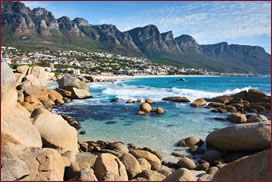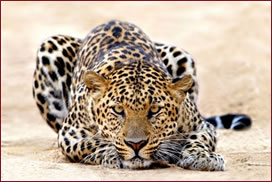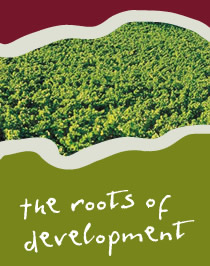South Africa
Click here to view the WEHC 2012 Promotional DVD
Situated on the tip of the African Continent, South Africa is roughly the size of Spain and France combined. Exceptionally diverse for a country of its size, South Africa is like "the world in one country" and contains within its borders scenic attractions from the dramatic, arid landscapes of the northwest to the forest-fringed coastline of the Garden Route; from the flat, dry Karoo interior to the craggy Drakensberg Mountains in the east; from the manicured vineyards of the Cape, to the flower fields of Namaqualand and the bushveld of the Kruger National Park.


South Africa has been one of the fastest-growing tourist destinations in the world. The climate, the accessibility (for many visitors only an overnight flight away and no jet lag), the location between East and West, the rich cultural heritage and the favourable exchange rate all combine to make South Africa a popular destination for more and more international visitors.
Blue skies, big game safaris, wilderness areas, and the promise of a sun-drenched beach holiday are what draw most visitors to South Africa. But the cultural diversity and the warmth and spirit of the people make it an even more inspiring place to explore.
The many wildlife parks in the north are home to the Big Five: buffalo, elephant, leopard, lion and rhino, while the wetlands and marine reserves along the east coast teem with sea life and colourful birds, great and small. And then there are the beaches, the favourite holiday destination for swimming, surfing, fishing and relaxing.
And yet it's the South African people that make it such an intriguing country. The "rainbow people of God" is how Archbishop Emeritus Desmond Tutu described South Africans – this conglomeration of beliefs, traditions and heritages sharing a country of breathtaking natural wonders.
Neighbours and Provinces
South Africa surrounds the mountain kingdom of Lesotho and is bordered by Namibia in the northwest, Botswana and Zimbabwe to the north, and Swaziland and Mozambique in the northeast. The country is divided into nine provinces: Western Cape, Eastern Cape, Northern Cape, Gauteng, Limpopo, Mpumalanga, North-West, Free State and KwaZulu-Natal.
Major Cities and Towns
South Africa has three capitals: Pretoria, Cape Town and Bloemfontein. Johannesburg is the largest industrial, financial and cultural centre and Cape Town and Durban are renowned holiday playgrounds. Other cities of a historical and cultural significance are Pietermaritzburg, Grahamstown, Graaff-Reinet, Port Elizabeth, East London, Kimberley and Stellenbosch.
Population and Languages
The population numbers some 48,687,000 inhabitants. There are eleven official languages in South Africa, although English is spoken throughout the country.
For more information, please visit www.southafrica.net
UPDATES
KEY DATES
Congress Opening Session
9 July 2012
Welcome Reception
9 July 2012
Book Launch
10 July 2012
Cultural Evening
11 July 2012






